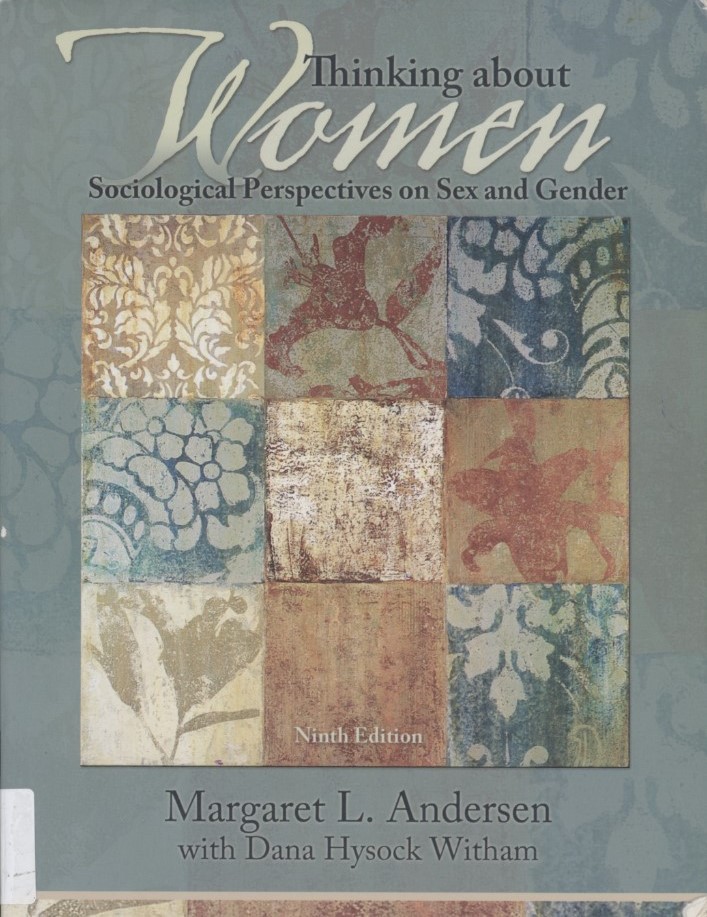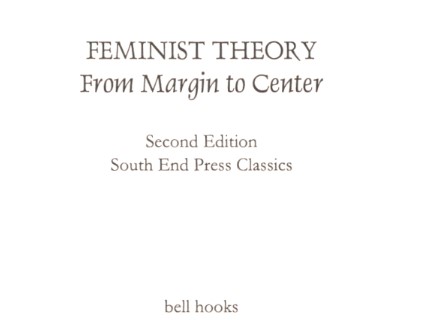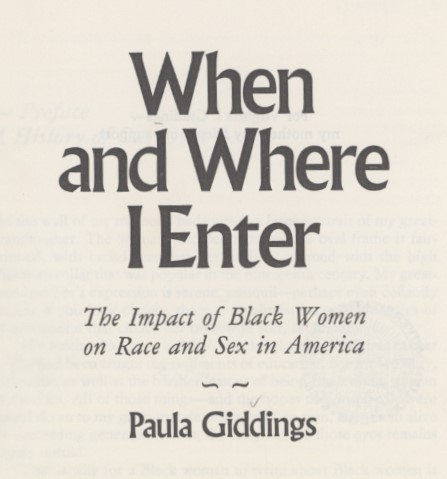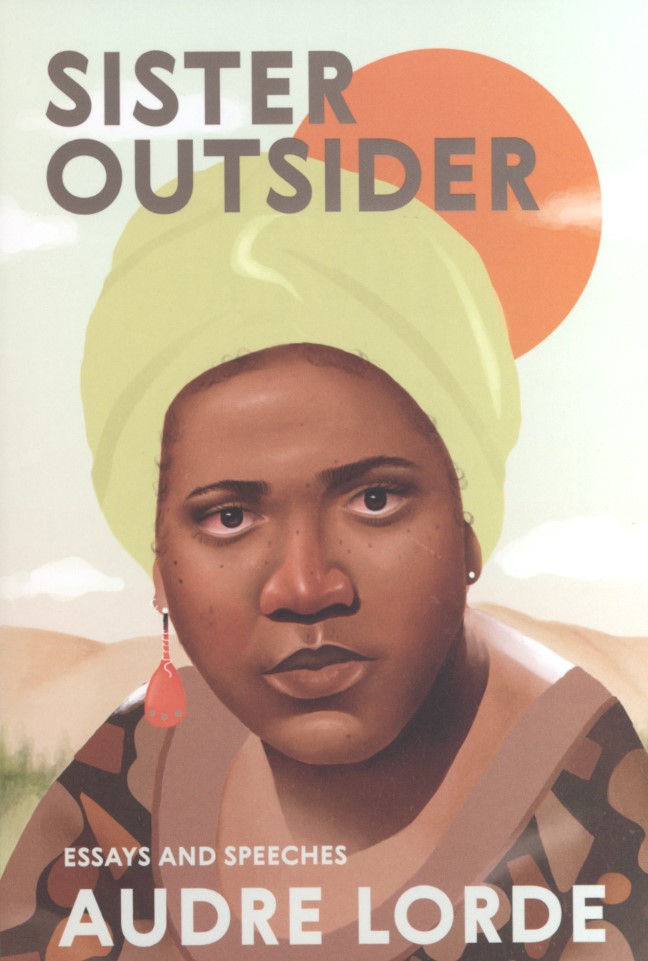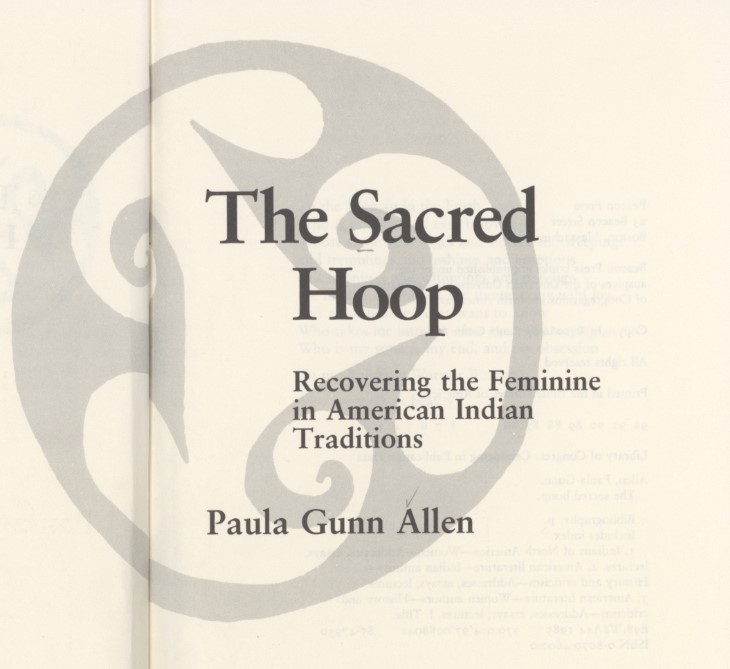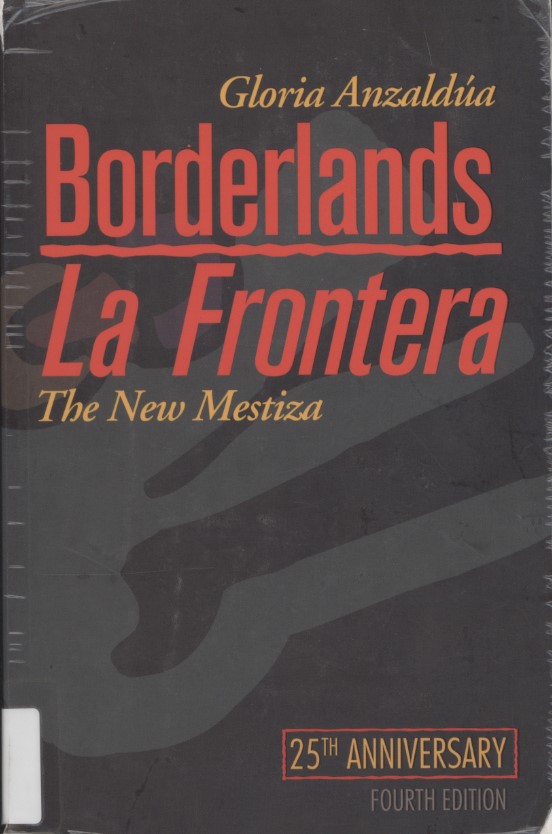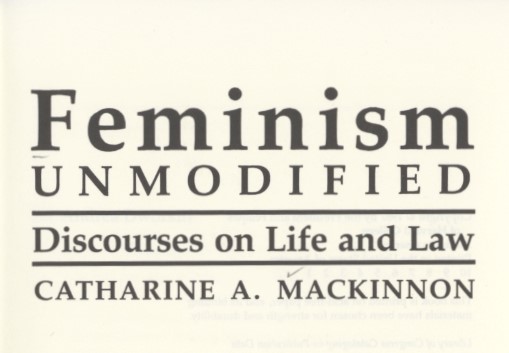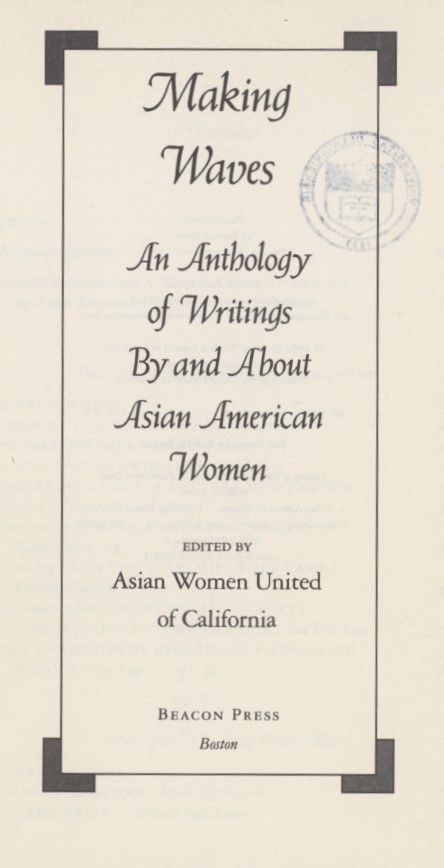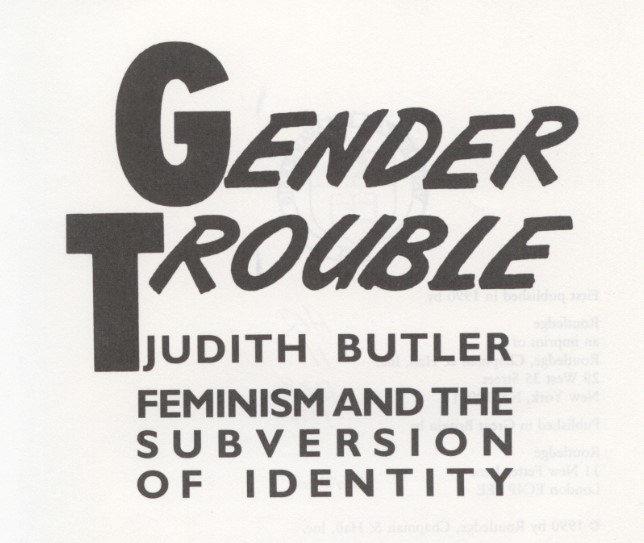[11] Thinking About Women: Sociological and Feminist Perspectives
Meolah Delinois: When Margaret L. Andersen, a professor at the University of Delaware and a co-founder of its Women’s Studies program, published Thinking About Women in 1983, she helped to define the field of feminist sociology, while broadening the interdisciplinary reach of Women’s Studies. Her important study has already gone into ten editions, but this is the ninth—a collaboration with Dana Hysock. Here, they analyze how social and gender inequalities shape both women’s and men’s lives, as they focus on topics such as race, religion, crime, power, and also on reform movements, while drawing attention to how gender intersects with social institutions. Through the book’s four sections, readers see feminist perspectives applied to everything from the U. S. military to media.
.
.
[12] Feminist Theory: From Margin to Center
Anna Reynolds: One of the most important modern critics, bell hooks (born Gloria Watkins, 1952–1921) challenged feminists to go beyond Second Wave thinking, with its focus on middle-class white women’s concerns. First published in 1984 by South End Press, a publishing firm devoted to social justice texts, and reissued several times since, Feminist Theory: From Margin to Center has remained a major statement about what feminism should be. In it, hooks called for an intersectional movement to address the needs of those experiencing multiple oppressions. She shared experiences from her own life, dealing with racism and sexism as a Black woman in America, and her hopes for a more inclusive and effective form of feminism.
[13] When and Where I Enter: The Impact of Black Women on Race and Sex in America
Melissa Jones: As a professor, journalist, historian, and civil rights activist, as well as a Black feminist, Paula Giddings has always offered insight into the intersectional experiences of Black women, past and present. These have been shaped by the ways in race and gender in the U. S. work alongside each other to create particular kinds of barriers and oppression. In this book, she lays out stories of African American women from the founding of the nation through the late-twentieth century, highlighting challenges, struggles, and achievements, while making clear that discrimination continues today. Among the figures she discusses is Ida B. Wells, famous for her anti-lynching campaign, whose biography Giddings later wrote in Ida, A Sword Among Lions (2008).
.
[14] Sister Outsider: Essays and Speeches
Alyssa Bergstrom: Famous as a Black feminist, mother, lesbian, breast cancer patient, warrior, and poet, Audre Lorde was one of the greatest writers of the late-twentieth century. Early in life, she recognized that no one can or should remain silent, especially about injustice. This collection of her lectures and essays from 1976 to 1984 contains some of her most important pronouncements, including “The Transformation of Silence into Language and Action,” which pushed readers toward activism, along with her classic warning about the need for radicalism, not accommodation, “The Master’s Tools Will Never Dismantle the Master’s House.” Her words throughout are poetic and powerful. She inspired change, created new feminist theory, and worked to uncover the collective power that our differences can produce.
.
.
.
.
[15] The Science Question in Feminism
Emily Gaviria: In this groundbreaking study that quickly became a classic, Sandra Harding—who was among the pioneers in creating the Women’s Studies program at the University of Delaware, which later grew to be the Women & Gender Studies Department—undertook one of the first comprehensive feminist critiques of science, pointing out how it has historically been shaped by masculinist cultural and political biases. Her work examined critically the underlying assumptions that have long informed scientific research, but also looked at shortcomings of some feminist approaches (including empiricism, standpoint theory, and postmodernism), while arguing for feminist perspectives as necessary to broaden and deepen our understanding of the world around us.
[16] The Sacred Hoop: Recovering the Feminine in American Indian Traditions
Grace Sweetman: As a feminist scholar, poet, and activist, Paula Gunn Allen drew on her Laguna/Sioux heritage to explore the complicated relationship between Native American and Western European cultures in this influential series of essays. The result was both a history of American Indian traditions and protest against the long record of attempts to alter or erase them. Among the most important Native values that her work highlighted was belief in gynocracy—in women’s power as something exercised in a variety of contexts, including the realm of religion and spirituality. Her goal throughout was to keep Native culture alive, while also demonstrating that its approach to constructions of gender had always been inherently feminist.
[17] Borderlands/La Frontera: The New Mestiza
Melissa Jones: When this work by Gloria Anzaldúa (1942–2004) was published in 1987, it instantly became a feminist classic. Seen here is the fourth edition, which was issued for the twenty-fifth anniversary by Aunt Lute Books, a feminist press specializing in diverse and progressive writers. Anzaldúa’s personal experience as a queer Chicana growing up in Texas near the U.S.-Mexico border led her to theorize about the “mestiza” as a figure with multiple identities, beyond binaries, whether in terms of sexualities, races, cultures, or ethnicities. Her ideas about “borderland” identities became extremely influential. In this book, as a sign of her own multi-sided heritage—including her indigenous background, of which she was very proud—she used both Spanish and English throughout.
.
.
.
.
[18] Feminism Unmodified: Discourses on Life and Law
Maggie Buckridge: Catharine A. MacKinnon—feminist legal scholar, activist, and lawyer—has had a profound impact, especially on U. S. sexual harassment law and attitudes toward pornography. Feminism Unmodified collects her speeches and lectures from 1981 to 1986, in which she examines Second Wave feminist movements and critiques both liberalism and pornography. Arguing that the latter is “an institution of gender inequality” that tramples on women’s rights, she urges organizations to stop accepting money from the Playboy Foundation, while imploring feminists to challenge the dominant interpretation of free speech under the First Amendment that protects masculine power. MacKinnon’s theories have shaped current feminist jurisprudence and surely will continue to do so in the future.
[19] Making Waves: An Anthology of Writings By and About Asian American Women
Natasha Crespo: This anthology of poems, memoirs, and essays is designed to give voice to underrepresented communities, as it traces immigrants’ journeys to America from the nineteenth century onwards and records the struggles they have faced. Throughout, the many authors—women of ethnicities ranging from Filipina to South Asian to Vietnamese to Korean and beyond—demolish racist and sexist stereotypes, such as the quiet, docile Asian American wife; these are women with opinions that they proclaim boldly, and there are feminist activists among them. The editorial board from Asian Women United of California has gathered work that allows real individuals—daughters, mothers, and grandmothers—to tell their own and their family’s memorable stories of fighting racism and making the U.S. their home.
.
.
.
.
.
.
.
.
[20] Gender Trouble: Feminism and the Subversion of Identity
Edward Redmond: From the moment of publication, this work has been controversial and hugely influential as one of the key texts for Third Wave feminism, Queer Theory, and Gender Studies in general. In it, Judith Butler, a philosopher and interdisciplinary scholar, introduced the concept of gender as “performative”—something constructed through imitation of social models, not based in biology or nature. Gender Trouble not only sparked a continuing scholarly conversation, but proved to be a call to action for readers to “trouble” traditional notions of gender, sex, and desire for themselves. It has also been notorious for its style, which has been described as incredibly dense and filled with difficult-to-understand academic language. Despite this, Gender Trouble remains relevant and important today.

